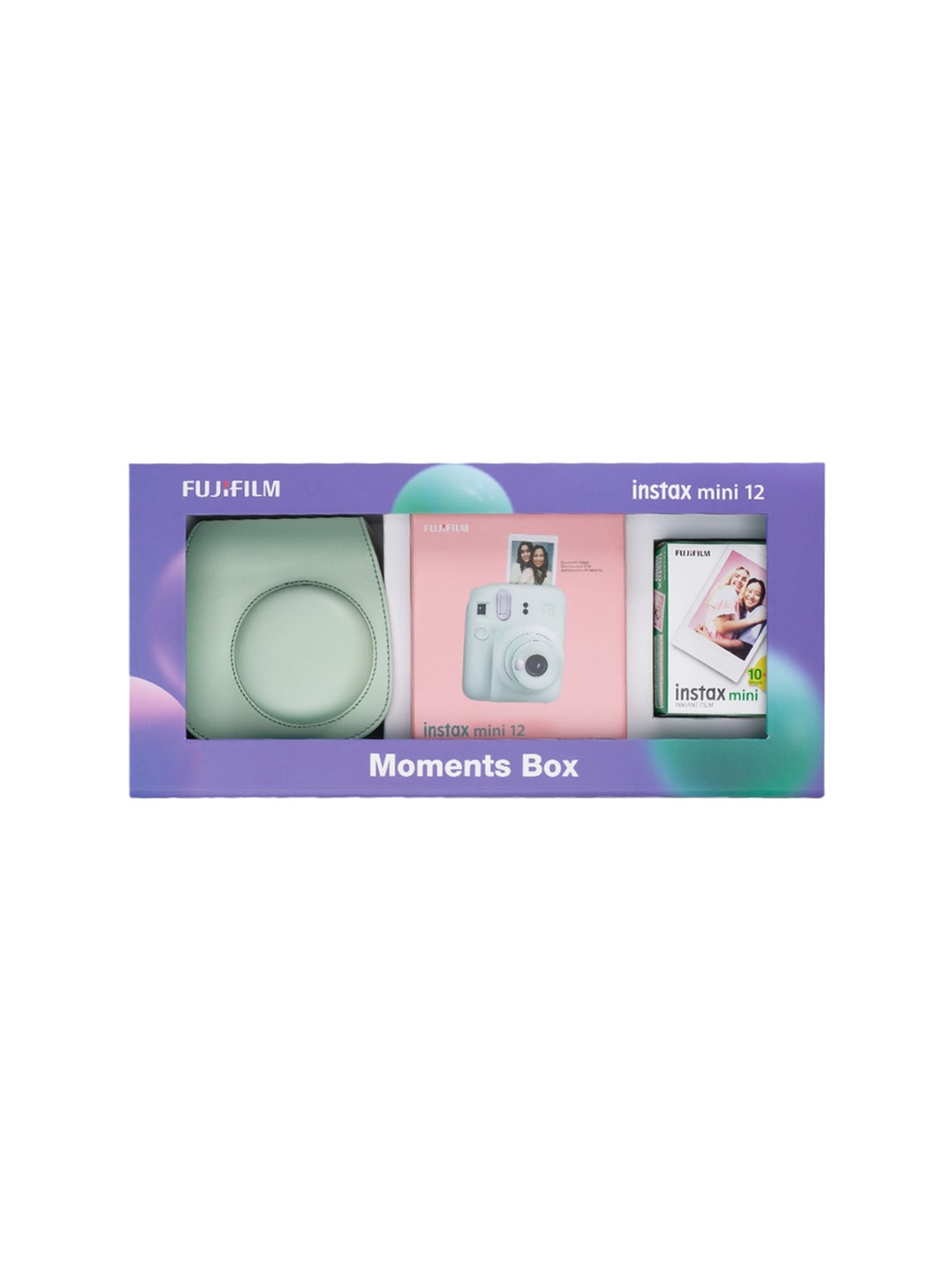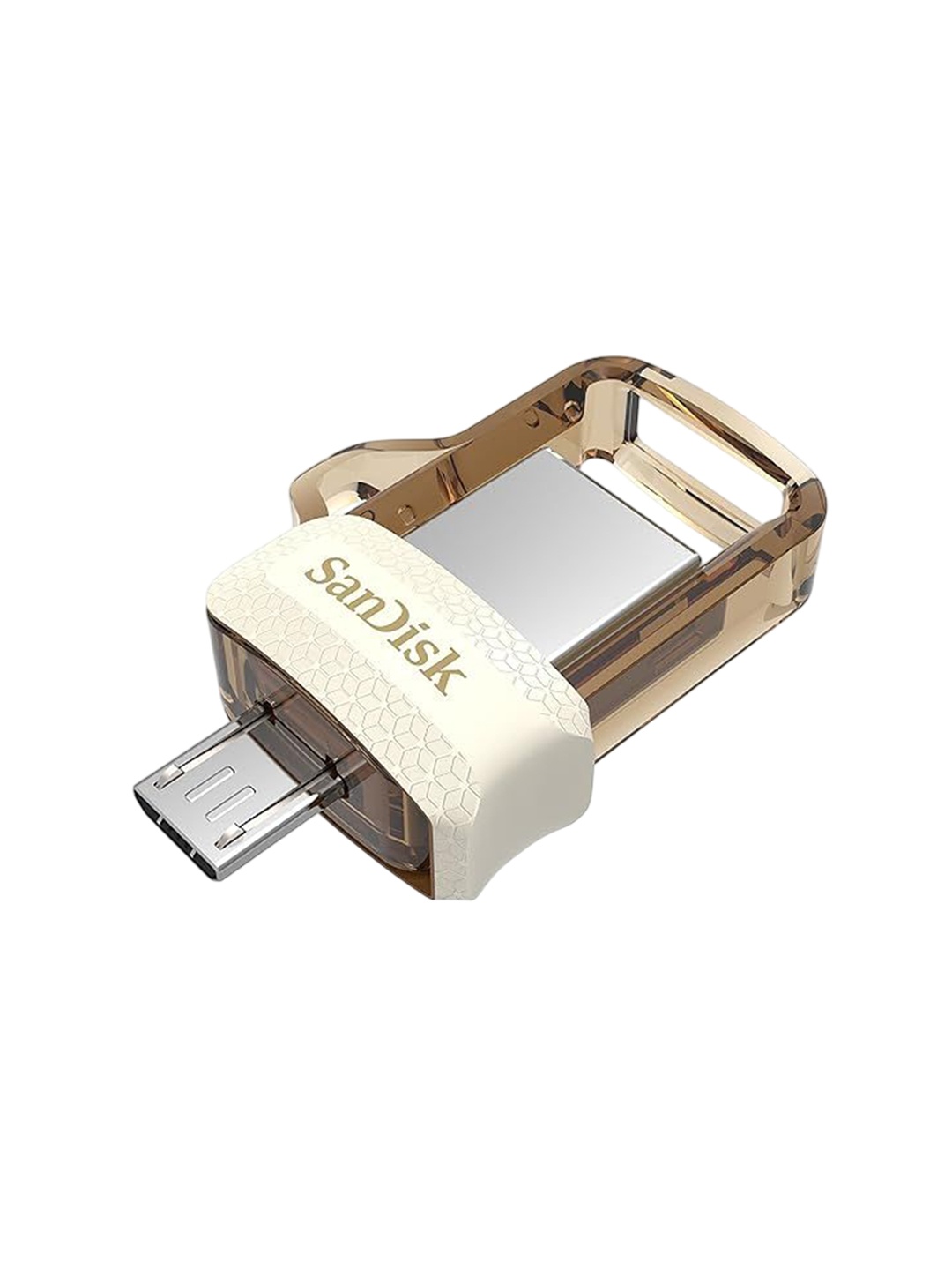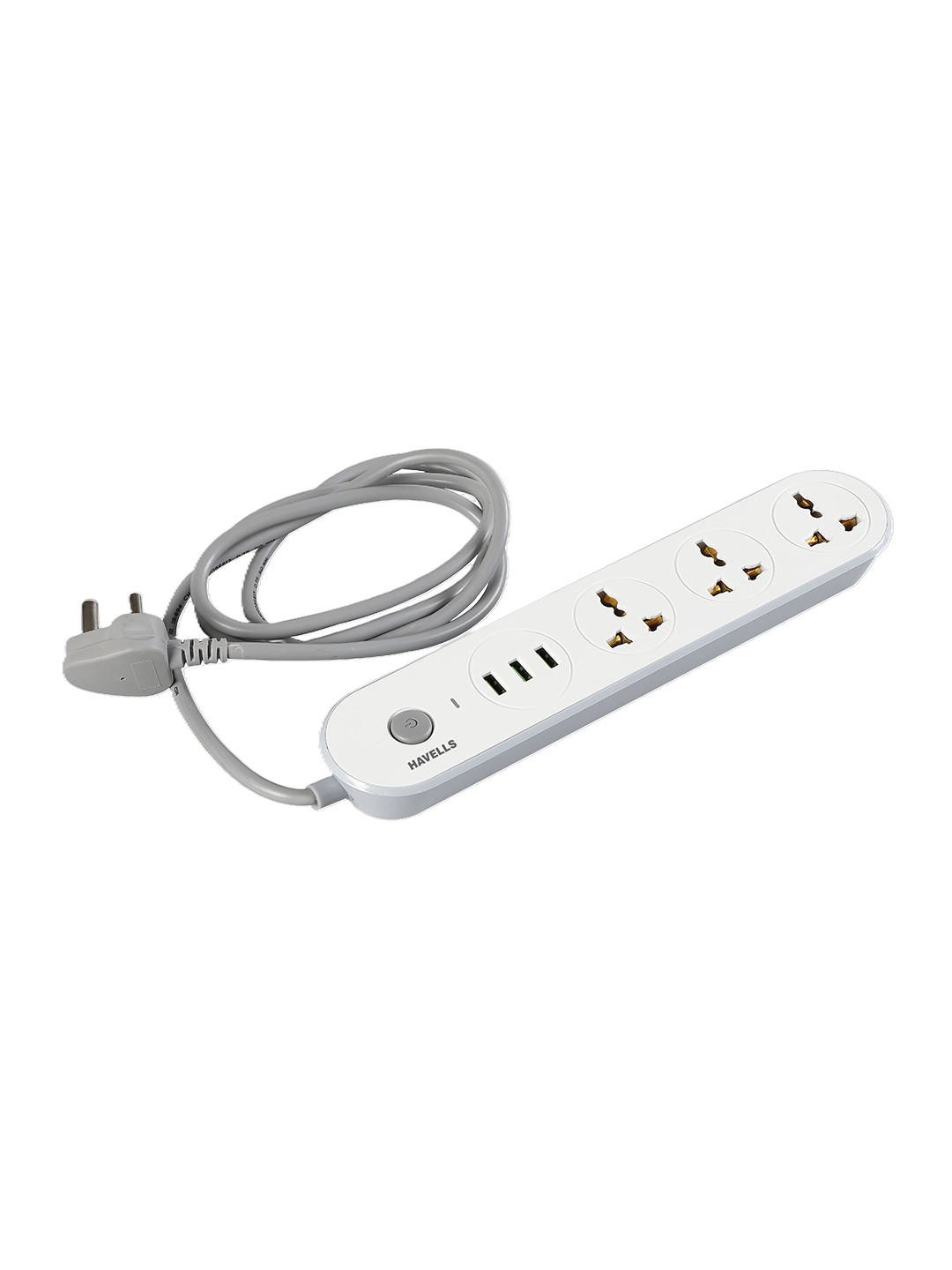How To Choose Gaming Headphones That Do Not Make Your Ears Sweat Or Overheat
Long gaming sessions can turn into mini saunas for your ears if you pick the wrong pair of headphones. This is how to find headphones that deliver crisp sound and all-day comfort, even when your gaming marathon stretches into the night.

How To Pick Headphones That Do Not Heat-Up Ears During Long Gaming Sessions.
Every gamer knows the feeling: an intense match, the sound of footsteps approaching in your headset, your concentration at its peak and then, the slow, sticky realisation that your ears are boiling. It's as if someone placed mini heaters over them. Whether you're battling through Call of Duty, exploring GTA, or chatting with your squad through Discord, overheated ears can turn the most thrilling game into an endurance test.
The solution isn't as simple as grabbing the most expensive headset on the shelf. Comfort, ventilation, and smart design matter as much as sound quality. After all, gaming is about immersion, not irritation. So, how do you pick headphones that let you game for hours without feeling like you're wearing ear saunas?
Here is all about how to choose gaming headphones that do not make your ears sweat or overheat. Let's dive into 10 smart tips that can help you find your perfect match.
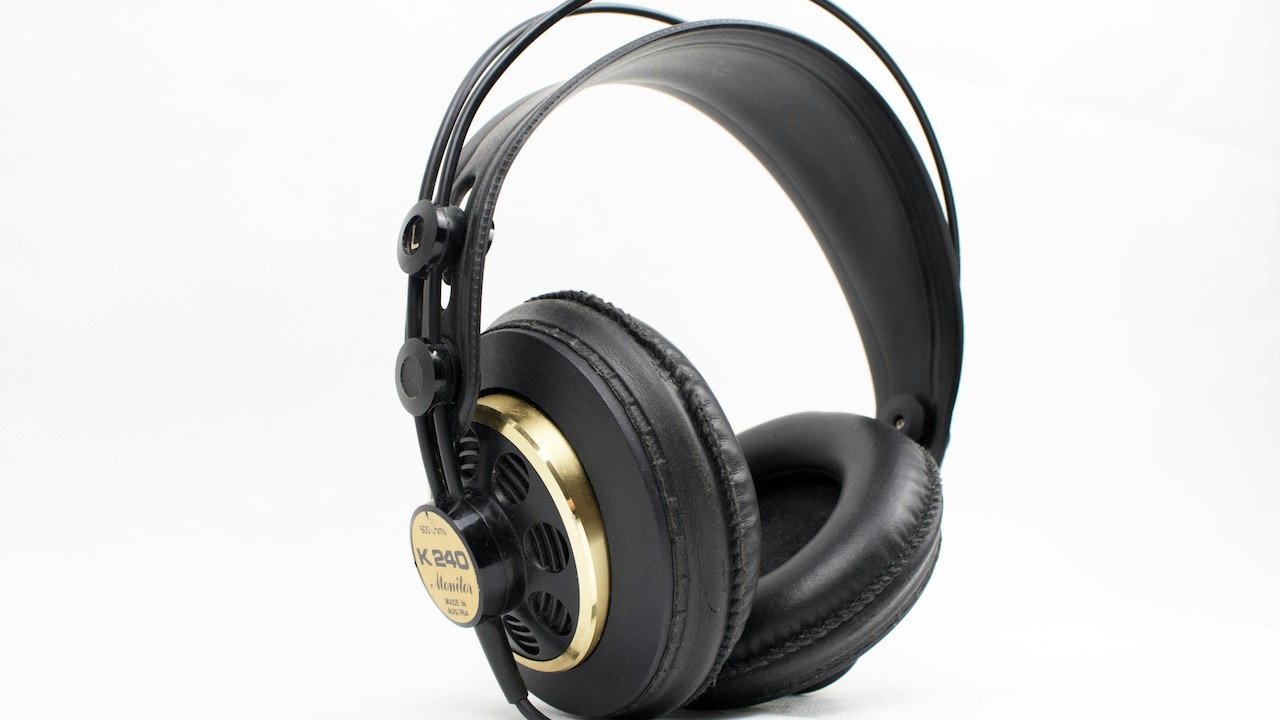
How To Pick Headphones That Do Not Heat Ears During Long Gaming Sessions
Photo Credit: Pexels
Beat The Heat: Ten Tips For Cool, Comfortable Gaming Headphones
1. Choose Breathable Ear Cushions – Your Ears Deserve Air
The material of your ear cushions can make or break your comfort. Leatherette or faux leather looks sleek but traps heat, especially during long gaming sessions. Over time, it feels like your ears are wrapped in a warm blanket, nice for winter, unbearable otherwise.
Opt for breathable fabrics like mesh or velour. They allow airflow and reduce sweating. Many gamers swear by memory foam cushions covered with soft fabric that moulds gently to your ears without suffocating them. Some high-end brands even offer hybrid ear pads with cooling gel layers, a blessing for anyone playing for hours under a fan or in the Indian summer heat.
Think of it like picking the right bedsheet material; satin looks nice but cotton feels right. Your ears will thank you for choosing comfort over style.
2. Go Lightweight – Heavy Doesn't Always Mean Better
Weight plays a huge role in how comfortable headphones feel over time. Heavier headsets, though sturdy and premium-looking, can press down on your head and ears, causing fatigue and sweating. After a few hours, it feels less like gaming and more like wearing a helmet.
Look for lightweight designs made of durable plastic or aluminium frames that balance strength and comfort. Wireless models tend to be slightly heavier due to the battery, but some brands manage to keep the weight under 300 grams, perfect for extended gaming.
A good test? Try moving your head quickly or leaning back. If the headphones feel like they might slide off or strain your neck, they're probably too heavy. Comfort is king, and lightweight headsets are the royal road to happy ears.
Also Read: Top 5 Streaming Headphones with Excellent Microphone Clarity, From Soundcore, boAt to Sony
3. Pick Over-Ear Headphones, Not On-Ear
The design of the ear cups matters as much as the material. On-ear headphones rest directly on your ears, creating pressure points and trapping heat. Over-ear headphones, on the other hand, encase your ears completely, allowing for better ventilation and comfort.
Over-ear designs create a sound bubble around you, blocking out external noise while keeping your ears cool. Look for models with deep ear cups that don't press too tightly. If your ears touch the inner drivers, it's a red flag, the fit isn't right.
A well-designed over-ear pair feels like soft clouds hugging your head, not clamping it. When trying them in-store, wear them for at least 10 minutes. The difference between good and bad comfort often shows up only after a while.
4. Look for Adjustable Headbands – Custom Fit, Custom Comfort
Head size varies from person to person, and a non-adjustable headset can be a recipe for discomfort. A good headband should flex easily, allowing you to adjust tension and fit. If it's too tight, your ears will heat up faster due to reduced airflow; too loose, and you'll spend half your match adjusting it.
Metal-reinforced sliders or self-adjusting suspension bands are a gamer's best friend. They distribute weight evenly and reduce pressure points. Some headphones even include padded headbands wrapped in breathable fabric, preventing sweat build-up at the crown.
A properly adjusted headset feels so natural that you forget you're wearing it. That's the goal, to make comfort effortless, not something you need to think about mid-game.
5. Mind the Clamping Force – The Squeeze Test
Clamping force is the pressure your headphones exert on the sides of your head. Too much, and you'll feel like your skull's in a vice; too little, and the headphones slip off. Striking the right balance is crucial for both comfort and sound isolation.
High clamping force leads to overheating because it reduces air circulation. The best way to test this is to wear the headset for a few minutes and notice if your ears start feeling warm or sore. If you wear glasses, this becomes even more important, strong clamping can push the frames into your temples, causing discomfort.
A comfortable clamp feels snug, not suffocating. If you're buying online, read reviews mentioning fit and comfort. Real gamers often highlight these details far better than technical specs ever could.
6. Go for Open-Back Headphones for Better Airflow
Closed-back headphones seal the sound and your ears, which means no airflow and lots of heat. Open-back headphones, however, have vents or mesh grilles that allow air to circulate freely. They deliver a more natural, spacious sound and keep your ears cool.
The downside? They leak sound and don't isolate noise as effectively. But if you play in a quiet room, they're perfect. Imagine sitting in an air-conditioned room, sound flowing naturally around you, and your ears staying calm and dry, it's gaming bliss.
Open-back models are especially popular among streamers and content creators who want to stay comfortable during long recording sessions. They're not for everyone, but once you try them, it's hard to go back.
7. Choose Cooling Technology – The Modern Gamer's Secret Weapon
Some modern gaming headsets come with innovative cooling features, gel-infused ear pads, active ventilation systems, or even cooling fabric covers. It sounds fancy, but these small details make a huge difference in tropical climates.
Cooling gel ear pads absorb heat, preventing the ‘hot ear' feeling. Some brands like Razer and Corsair use phase-change materials that draw heat away from the skin. While these models cost a bit more (often around ₹6,000–₹10,000), they're worth every rupee if you play for hours daily.
Think of it as investing in air-conditioning for your ears. It's subtle but effective, especially when the room fan can't keep up with your gaming intensity.
8. Don't Ignore Ventilation in the Room
Sometimes, it's not the headphones, it's the room. Poor airflow, no fan, or closed windows can make even the best headset uncomfortable. Gaming setups often involve PCs or consoles that generate heat, amplifying the issue.
Set up your space with comfort in mind. Use a table fan near your desk, or position your setup so that air can circulate freely. Avoid playing directly under strong lights, they add unnecessary warmth. A small desk fan pointing towards your head can work wonders during summer nights.
A comfortable environment enhances your overall gaming experience. After all, even the best headphones can't fight humidity alone.
9. Wireless vs Wired – A Hidden Comfort Factor
You might not think of cables as a comfort issue, but they can be. Wired headphones can tug, tangle, and restrict movement, especially when you shift positions during long gaming sessions. Wireless headsets eliminate that problem entirely.
However, wireless models come with batteries, which can add weight and warmth. The trick is to pick one with good weight distribution and battery efficiency. Look for models with at least 15 hours of playtime and breathable ear pads.
Some hybrid models allow both wired and wireless modes, ideal if you want flexibility without sacrificing comfort. Choose what suits your style, but never compromise on ventilation or fit for fancy features.
10. Test Before You Buy – Comfort is Personal
Specs and reviews can only tell you so much. Comfort is deeply personal, and what feels great to one person might not suit another. Whenever possible, test the headset in-store. Wear it for a few minutes, move your head around, and listen to how it feels as much as how it sounds.
Pay attention to small details: Does the headband press on your crown? Do your ears start warming up quickly? Does the material feel itchy or sticky? These signs often reveal the truth about long-term comfort.
Online shopping is convenient, but if you can't try the headset physically, read detailed user reviews. Look for mentions of heat, fit, and comfort. Remember, the best gaming headset isn't the one with the most lights, it's the one you forget you're wearing.
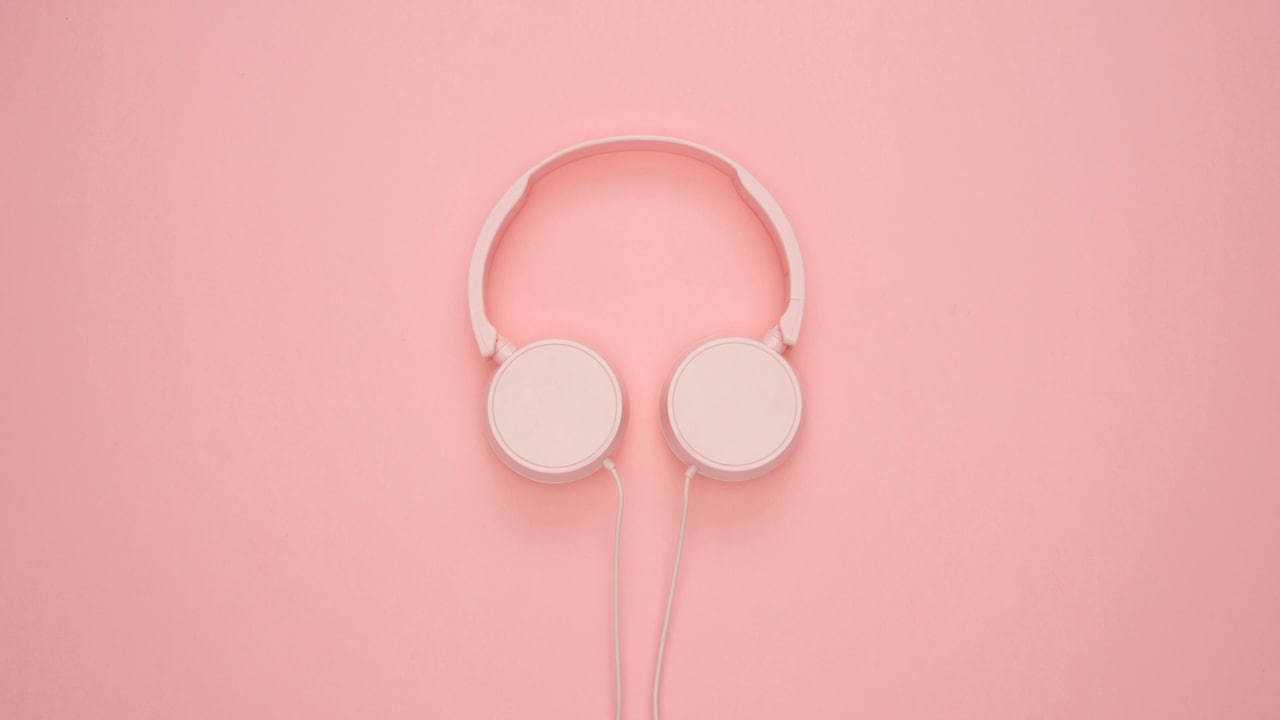
How To Pick Headphones That Do Not Heat Ears During Long Gaming Sessions
Photo Credit: Pexels
Products Related To This Article
1. GOBOULT Made in India Newly Launched Q Over Ear Bluetooth Headphones
2. boAt 2025 Launch Rockerz 411, 40Ms Low Latency, 40Hrs Battery
3. Soundcore by Anker Q20i Wireless Bluetooth Over-Ear Headphones
4. pTron Studio Evo 70hrs Playtime Wireless Over Ear Headphones
5. Noise Master Buds Max, Sound by Bose Wireless Over-Ear Headphones with Segment Leading Adaptive ANC
6. Sony WH-CH520 Wireless Bluetooth Headphones On Ear with Mic
7. JBL Tune 770NC Wireless Over Ear ANC Headphones with Mic
Finding headphones that don't heat up your ears during long gaming sessions isn't just about specs or brand names. It's about understanding how design, material, and environment come together to shape your comfort. Breathable cushions, lightweight frames, proper fit, and good ventilation can transform your gaming experience from sweaty endurance to seamless immersion.
A great headset should disappear on your head, leaving only the game, the sound, and the thrill of the moment. Whether you're chasing victory royales, scoring goals in FIFA, or exploring open worlds, the right headphones let you do it all without discomfort. After all, gaming should be an escape, not a sauna session.
Disclaimer: The images used in this article are for illustration purpose only. They may not be an exact representation of the products, categories and brands listed in this article.











